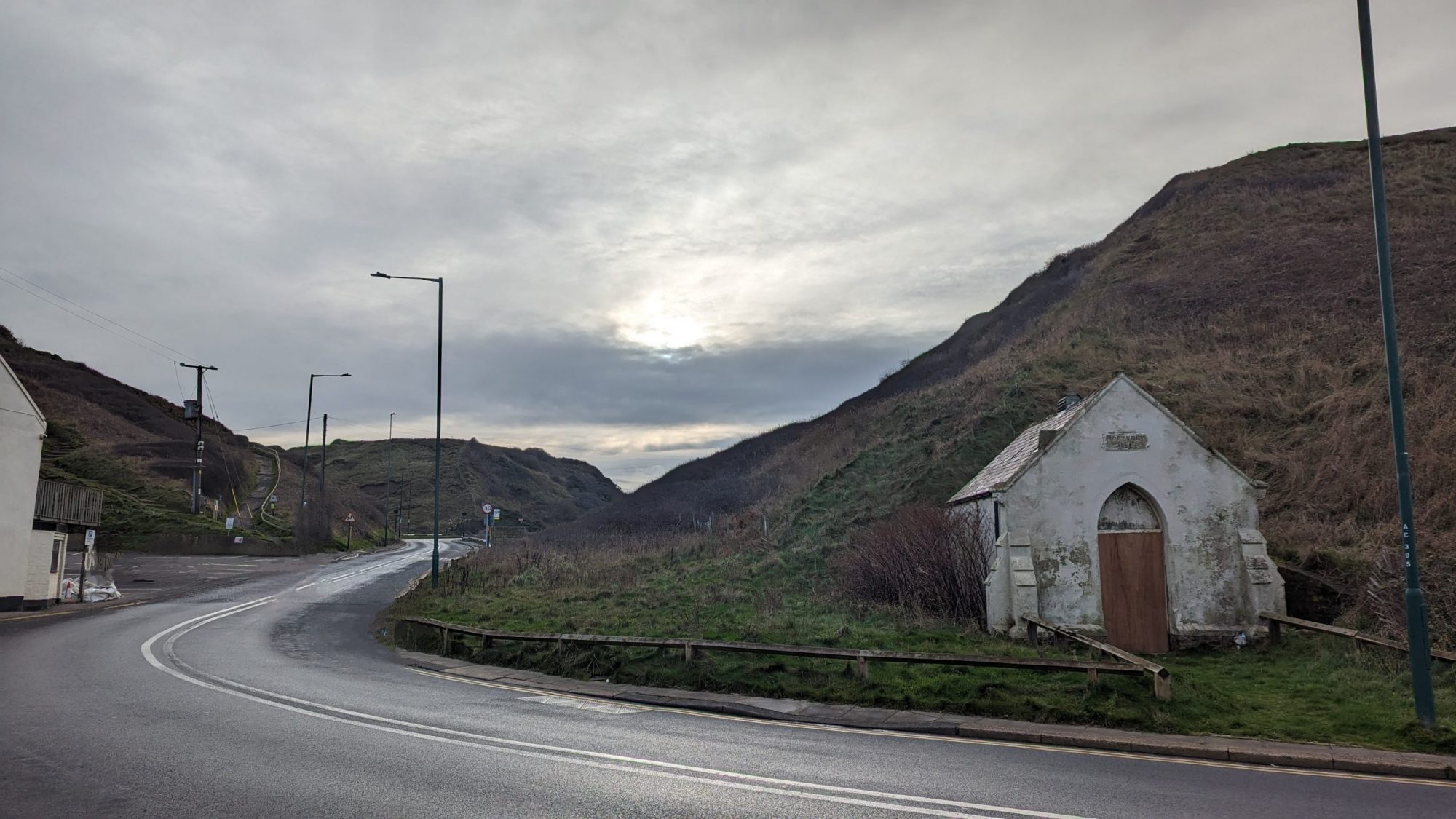There is nothing more interesting than people.
I first became interested in studying people when I did my undergraduate degree in Archaeological Science and Geography. I followed this up with an MSc in Forensic Anthropology and then did a PhD in the same. You can tell a huge amount about people and how they live their lives from their skeletons, and my interest lies in understanding this and applying it to a range of contexts.
Most of my work in this area focusses on the challenges of taphonomy – that is, what happens to our bodies after we die. What happens to a body when it is burned, or is submerged in water, or even if it is left floating in space? Largely I have focused on the inorganic aspect of bone and have avoided anything to do with organic chemistry. Because it’s devilish witchcraft. Nonetheless, if we can understand the relationship between the post-mortem body and surrounding factors, we can better understand the context of death.
It has dawned on me recently that I have been studying burned and cremated bone for over 20 years. Which either suggests that it is a really interesting topic, or I’m a terrible researcher who has discovered nothing. Lets go with the former. As well as developing new methods, I have been fortunate to study a range of fascinating archaeological contexts, including Anglo-Saxon and Roman remains from the UK, and excavations from Sardinia, Brazil, Estonia, Lebanon, and very excitingly, Herculaneum. This latter work led to an interesting debate in the literature on the preservation of soft tissues. It got a bit heated. See what I did there…
Our work examining the burned and cremated remains of people in the past has been featured in a range of non-academic publications, including The New York Times, National Geographic, The Atlantic and Sapiens. I’ve also co-written an article for The Conversation, entitled “The human body never truly disappears – finding the remnants of a tragic end can help us uncover atrocities” which explores how forensic archaeologists and anthropologists can apply osteology to human rights investigations. I’ve followed this up with further articles on what happens to your body if you die in space, on what happens to your body if you die and are mummified, and what happens if you die in a volcano. As you can tell, I’m popular in dinner party situations.
I also have a particular interest in the practice of forensic anthropology, the frameworks in which practitioners work, and the way it is taught. My first publication, back when I was a PhD student full of righteous indignation, explored the ethics and legality of using skeletal remains in forensic anthropology research. This is a theme I have come back to throughout my career, although it has evolved a little to focus more on practice in the field. I have been fortunate enough to work with a number of amazing colleagues to tease apart the tensions associated with applying forensic anthropology around the world, and how the clash of different philosophies and paradigms can result in a more sensitive approach to practice.
As my leadership career has developed, I’ve naturally done less fieldwork, but I do still co-deliver a hugely successful Future Learn course on Forensic Archaeology and Anthropology, which has been supported by the ICRC. This has developed from a face-to-face short course we ran which supported police and crime scene officers, as well as a number of artists and authors. I’ve also travelled around Europe delivering CPD and workforce development. The linking of practice and education for a multitude of audiences and learners is partly what led to me being awarded a National Teaching Fellowship for excellence in teaching and support for learning. It’s also been helpful in my role as Chair of the QAA Subject Benchmark Statement Review for Anthropology.
